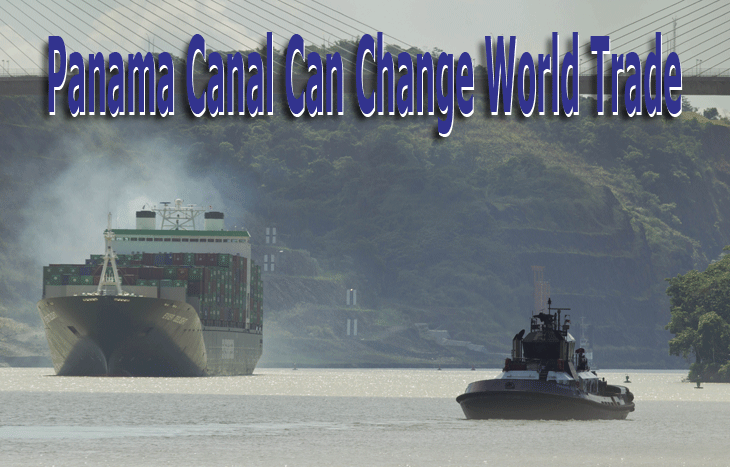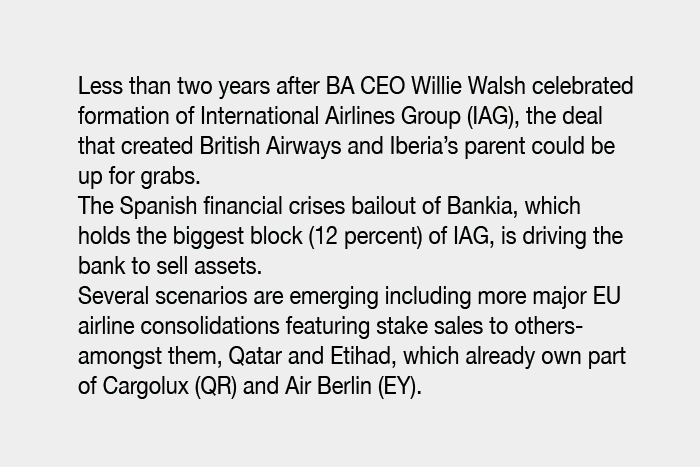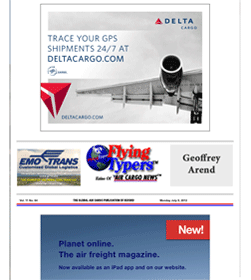| 
Opened in 1914, the
Panama Canal immediately revolutionized global trade
by allowing ships to move freely between the Pacific
and Atlantic oceans without traversing around the
southern tip of South America.
 |
On its centenary two years
from now, the Canal will have a similarly profound
impact on international trade options when a third
lane and new locks are completed, enabling some of
the world’s largest vessels to ply its waters.
“The Panama Canal
expansion is a game changer that will have a positive
impact on all regions, particularly those with adequate
infrastructure capable of capitalizing on the competitive
advantages provided by larger vessels and economies
of scale,” said Argelis Moreno de Ducreux, Liner
Service Segment Leader at the Panama Canal Authority.
The expansion is quite
an endeavor—a $5 billion-plus one, in fact.
New locks at either end of the Canal will add a deeper,
wider third shipping lane suitable for ‘post-Panamax’
ships.
The current lanes allow
ships up to 20-foot equivalent 5,500-unit (TEU) capacity
to transit. According to shipbuilder Samsung Heavy
Industries, Post-Panamax container vessels of 366m
in length, 48.2m-beam and carrying up to 13,200 TEU
will be able to transit the new locks.
The impact on bulk carrier
and tanker trades will also be immense. The largest
dry bulker that can transit now is 85,000 deadweight
tonnes dwt. In 2014, this will rise to 180,000 dwt,
which will allow the carriage of 140,000 tonnes of
cargo within the new draft limit.
The impact of this jump
in vessel size that can transit the Canal will be
far reaching. New ports, inland depots, railways,
and ships are already being built to maximize usage
of the locks.
“With the expanded
Canal the competitiveness of the route increases,
thus reaching new markets by increasing the Panama
Canal’s area of influence,” said De Ducreux.
“Some cargo may divert from other means of transportation,
but overall, less transportation costs per unit of
cargo and reliability of the service will determine
the real impact of the expansion project.”
U.S. ports have set
aside almost $9 billion to upgrade their facilities
and deepen channels to receive the larger vessels.
David Host of U.S. shipbroker T. Parker Host said
recently that the U.S would have 285 million tonnes
of export capacity in place by 2015, and more than
300 million tonnes if Gulf midstream operations were
counted.
West coast ports, which
traditionally receive the bulk of consumer goods shipped
from Asia in containers, will need to up their game
to compete against rivals on the US Gulf and East
coast or risk losing cargo. If they succeed, better,
faster services on the West coast to interior destinations
could impact marginal air trades where shippers are
able to wait a few extra days for delivery.
Booming demand for coal
and iron ore from China—aided by bargain basement
freight rates—has already seen huge increases
in exports of coal from the U.S. and Colombia and
iron ore from Brazil in recent years. Once
the new locks open, these suppliers will become even
more competitive in Asian markets in comparison to
alternatives sources, such as Australia and Indonesia.
“Given the expected
increasing demand in China, in particular, we envision
that coal cargoes from the U.S. and Colombia will
take the most advantage of larger vessels,”
said María Eugenia de Sánchez, Drybulk
Segment Leader at Panama Canal Authority. She added
that iron shipments from northern Brazil and Venezuela
to China were also expected to benefit from increased
Canal capacity.
Latin America countries
will also see their trade options greatly increase
and costs fall, assuming of course that Canal tolls
do not become too onerous.
The big question mark
for how far reaching the locks impact will be on global
trade will be the level of tolls. After such a huge
investment, Panama needs to increase its revenue from
the Canal. But in June, the Panama Canal Authority
bowed to pressure from shipping lines and postponed
a raft of new toll increases to give the industry
more “lead time” to prepare for higher
costs.
Transits of the Panama
Canal by dry bulk carriers totaled 3,285 in fiscal
year 2011, ahead of container ships as the most frequent
user of the Canal by vessel type. However, the container
market segment remains the most important, contributing
more than 50 percent of the tolls and 35 percent of
total cargo.
SkyKing
|








 centers
of Pune and Nasik. Said Radharamanan Panicker, (left)
“Our Air Freight Station (AFS) at Mulund (Mumbai)
is a new breakthrough in the air cargo Industry. AFS
has evolved through the concept of minimized multiple
handling thus reducing the resultant damages. The
AFS at Mulund is cost effective, efficient and permits
an increased reach to airports.” As an integrated
link, Panicker mentioned that the AFS was the better
alternative for customers who can avail the services
through a facility that is closer to their industrial
bases, enabling a reduced dwell time.
centers
of Pune and Nasik. Said Radharamanan Panicker, (left)
“Our Air Freight Station (AFS) at Mulund (Mumbai)
is a new breakthrough in the air cargo Industry. AFS
has evolved through the concept of minimized multiple
handling thus reducing the resultant damages. The
AFS at Mulund is cost effective, efficient and permits
an increased reach to airports.” As an integrated
link, Panicker mentioned that the AFS was the better
alternative for customers who can avail the services
through a facility that is closer to their industrial
bases, enabling a reduced dwell time. The Mulund AFS is one of the five such air freight
stations that have been planned in the country and
air cargo stakeholders hope that when all five are
ready and operational, air cargo will be cleared faster
and in a more systematic manner. According to Air
Cargo Agents Association of India’s (ACAAI)
G. Raghu Shankar, (right) “the air cargo fraternity
and the country failed to take advantage of AFS. Our
airport cargo terminals face space constraints and
shortage of equipment and manpower. An AFS can solve
all these problems and enhance turnaround times.”
The Mulund AFS is one of the five such air freight
stations that have been planned in the country and
air cargo stakeholders hope that when all five are
ready and operational, air cargo will be cleared faster
and in a more systematic manner. According to Air
Cargo Agents Association of India’s (ACAAI)
G. Raghu Shankar, (right) “the air cargo fraternity
and the country failed to take advantage of AFS. Our
airport cargo terminals face space constraints and
shortage of equipment and manpower. An AFS can solve
all these problems and enhance turnaround times.”
 RE:
RE:


